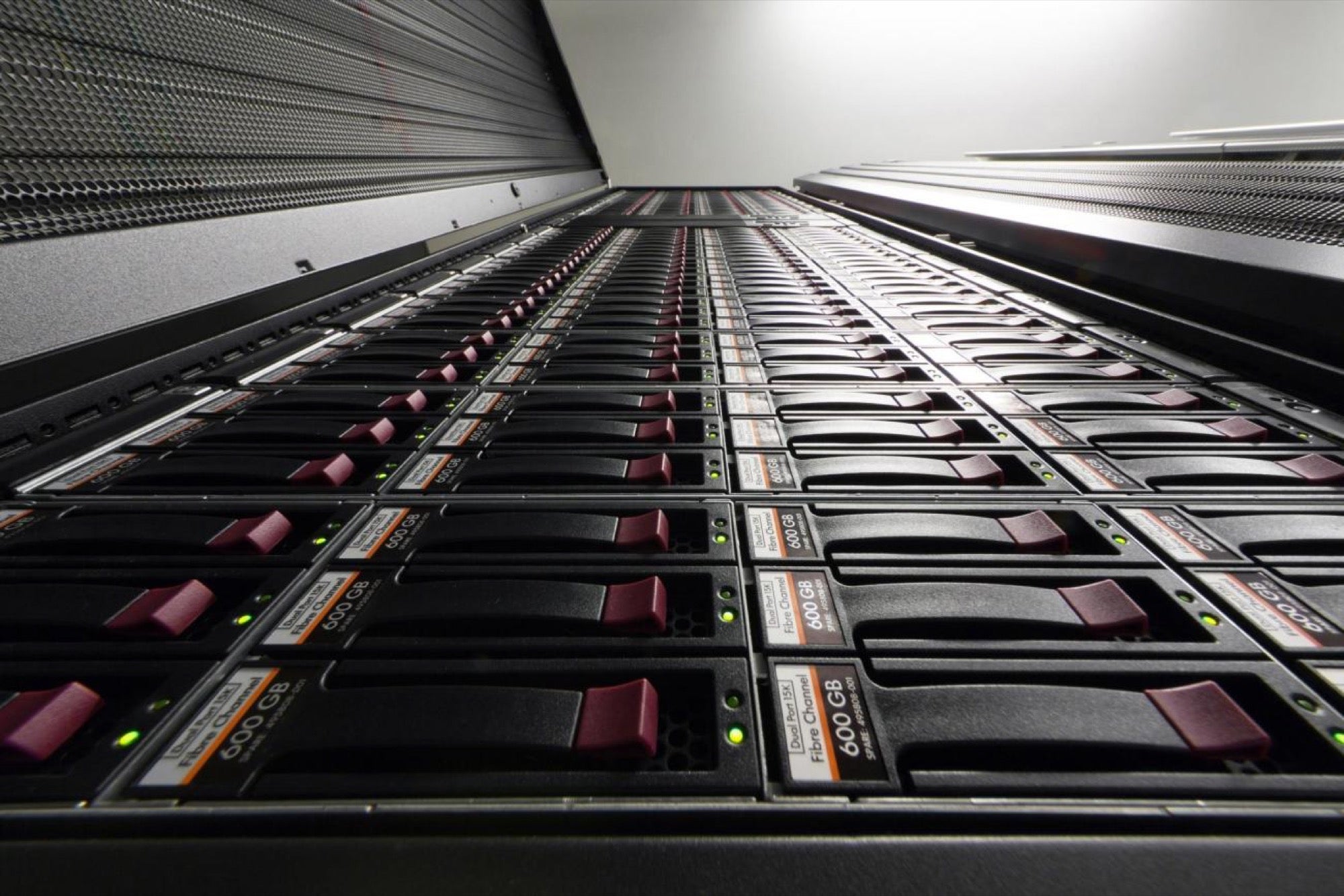3 Steps to Profit With Shared Data Experiences As IoT connectivity expands, businesses can reap the benefits by harnessing deep integration of shared data.
By Q Manning •

Opinions expressed by Entrepreneur contributors are their own.

These days, sensors are everywhere: Phones know where their users have been, what music they've listened to and which events they've agreed to attend. And while the data that results is a powerful tool for businesses, they aren't always connected to material generated on laptops, tablets and wearable devices.
Related: Young Entrepreneurs Are Applying the Power of Big Data to the Real World
Maybe they should be, because, already, 70 percent of Americans own two or more connected devices. A percentage like that tells us that the days of one-screen users are numbered: Already, 88 percent of millennials are engaging in second-screen behaviors while watching videos online. Clearly, businesses must keep up with the times.
What's more, personal devices aren't alone in seeing such growth. Already, 6.4 billion devices are IoT-connected worldwide, and Gartner predicts that that number will grow to 21 billion by 2020. To reap the full benefit of this expansion, forward-thinking companies must embrace shared data experiences.
Deep integration of shared data
The cloud is more than just a server; it offers the promise of a deep connection of shared data points centered on individuals and generated by multiple devices, services and platforms. By implementing deep data integration, businesses can see what these users purchased at the grocery store, what movie they saw over the weekend and how willing they were to be interrupted during certain activities.
This information requires more than a cursory collection of data points from within a specific application; it demands data sharing between software and devices.
Apple is leading the way. Many users don't realize how immersive iCloud can be, but when it's working correctly, its users can sync bookmarks, notes, to-do lists and even files across their Apple devices. Set a reminder on an iPhone, and it can pop up on your iPad. This ubiquity of data across platforms naturally encourages users to interact more with their devices.
How data ubiquity drives interactions
The growth of the IoT will only increase these data points. Imagine a vacationer arranging to rent a home via Airbnb on her laptop, then walking through the door and giving her user-ID credentials to the AC unit on the wall.
This Nest-enabled device would then connect with every other device in the apartment, and all would sync to their owner's preferences. This would enable her to get her favorite nighttime temperature, her favorite mood lighting and her favorite coffee brewed automatically as she wakes up.
Enabling this scenario is the promise of deep integration, and every technology company is looking to join in. Google added deep integration to its Google Now personal assistant back in January 2015, and Microsoft is trying to avoid falling behind, with its Universal Windows Platform.
So, how can companies tap into this amazing future and expand through data ubiquity? By following three steps:
1. Build a foundation of trust with users.
In a recent survey, 46 percent of Americans stated that they'd be much more willing to divulge important data if they had a trusting relationship with a brand. Data points require user consent, and that can be difficult to acquire for a new company or product.
If you have a company, you deal with this problem in two ways. Either build from the ground up, which is risky, or do as so many other software and hardware manufacturers have done: Tap into the existing ecosystems.
Apple, Google and Facebook all have name recognition and user trust. These are the go-to platforms for launching into the shared data experience.
2. Cocoon that data behind firewalls.
Once you have access to the input/output of a user's data stream, you can use the shared platform as a firewall.
Apple's Touch ID technology, which continually receives updates and tweaks, is a great example. It takes the specifics of a fingerprint from the software, then delivers a pass/fail back to the software accessing it. This approach ensures user security and allows companies like yours access, both to the data coming in and the new data your company itself provides.
Related: 10 Data Security Mistakes Startups Can't Afford to Make
3. Invite users into an immersive experience.
With this data in hand, you can craft immersive, shared experiences across devices. Gartner predicts customer experience will be the true battleground for all companies by 2020.
Some entrepreneurs might be driven by the sharing of data alone, as knowing all these additional details about users can help create powerful, custom artificial intelligence that will genuinely improve an individual's life.
More adventuresome creators, however, will take this a step further. Imagine a to-do app that knows not only what you need to do, but also that you will inevitably forget. Imagine that it can calculate the best way to remind you by considering the time of day and the various devices you're tapped into. It relies not on your telling the software but on the software monitoring your cloud inputs.
Related: Why Data Trumps All When Plotting Your Growth Strategy
Deep integration, then, is one of the most exciting trends in technology today. When paired with developments in AI, it could lead to the creation of a genuine computerized assistant, offering more support with less input. As device numbers continue to rise, your company's strategy based on shared data experiences will be the key to providing value both to consumers and businesses.












